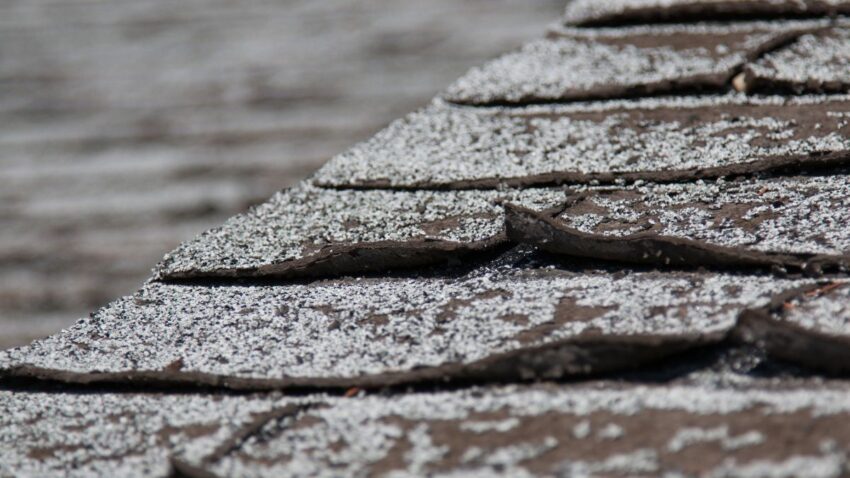Thinking about fixing your roof yourself? It might sound like a daunting task, but with the right knowledge and tools, you can handle minor repairs on your own. However, it’s crucial to understand your limits and know when it’s time to call in the professionals. This guide will walk you through what you can fix yourself and when to seek expert help.
Understanding Your Roof
Before diving into repairs, it’s essential to understand the type of roof you have and the materials it’s made from. Roofs can vary from asphalt shingles and metal to tiles and wood shakes. Each material has its own set of characteristics and potential issues. Knowing these can help you better identify and address problems.
Safety First
Roof work can be dangerous. Always prioritize safety by using essential gear like sturdy ladders, non-slip shoes, safety harnesses, and gloves. It’s also wise to avoid roof work during wet or windy conditions to minimize the risk of accidents.
Tools You’ll Need
For most DIY roof repairs, you’ll need a few basic tools: a hammer, roofing nails, a utility knife, a pry bar, and a caulking gun. For more specialized tasks, you might need tools like a roofing shovel or a nail gun. Make sure you have everything on hand before starting any repair work.
Identifying Common Roof Problems
- Leaks and Moisture Damage
- Water stains on your ceiling or walls are a clear sign of a leak. Identifying the source is the first step in fixing it.
- Shingle Damage
- Look for missing, cracked, or curling shingles. These issues can often be resolved by replacing the damaged shingles.
- Flashing Issues
- Flashing is the material that seals joints and edges on your roof. Damaged flashing can lead to leaks and needs prompt attention.
- Gutter Problems
- Clogged or damaged gutters can cause water to back up and damage your roof. Regular cleaning and maintenance are essential.
DIY Roof Repairs You Can Handle
- Fixing Minor Leaks
- Small leaks can often be fixed with roofing cement or sealant. Locate the leak and apply the sealant generously.
- Replacing Damaged Shingles
- Remove the damaged shingle, slide a new one into place, and secure it with roofing nails.
- Repairing Flashing
- If the flashing is loose or damaged, re-secure it with roofing nails or replace it entirely if necessary.
- Cleaning and Fixing Gutters
- Clear out debris from your gutters regularly and repair any leaks with gutter sealant.
When to Call a Professional
- Extensive Water Damage
- If water damage is widespread, it’s best to call a professional to assess and repair the damage properly.
- Structural Damage
- Any signs of structural issues, like sagging roofs or large holes, require professional intervention.
- Major Roof Replacements
- Replacing an entire roof is a significant project that typically requires professional skills and equipment.
- Safety Concerns
- If you’re unsure about the safety of a repair, it’s always better to be safe and hire a professional.
Preventive Maintenance
Regular maintenance can extend the life of your roof. Conduct inspections at least twice a year, clear debris, and check for signs of wear and tear. Sealing and waterproofing your roof can also prevent future problems.
Cost Considerations
DIY repairs can save money, but it’s essential to budget for materials and tools. Compare the cost of DIY repairs to professional services to ensure you’re making the most cost-effective decision.
Benefits of DIY Roof Repairs
Taking on roof repairs yourself can save money and give you a sense of accomplishment. It also allows you to address issues immediately without waiting for a contractor’s schedule.
Risks of DIY Roof Repairs
However, DIY repairs come with risks. There’s potential for injury or making improper repairs that could lead to more significant problems down the line. Consider these risks before starting any project.
Hiring the Right Professional
When hiring a roofing contractor, do your research. Look for reviews, ask for recommendations, and check their credentials. Ask potential contractors about their experience, warranties, and the specifics of their repair process.
Seasonal Roof Care Tips
- Winter Preparations
- Ensure your roof is ready for winter by checking for loose shingles and cleaning out gutters to prevent ice dams.
- Summer Maintenance
- Summer is a great time for roof inspections and repairs. Look for signs of sun damage and ensure your attic is well-ventilated.
Eco-Friendly Roofing Solutions
Consider sustainable materials like recycled shingles or metal roofs. These options are not only better for the environment but can also be more durable and energy-efficient.
Conclusion
DIY roof repairs can be a rewarding and cost-effective way to maintain your home. However, it’s crucial to assess your skills honestly and know when to call in professionals. Regular maintenance and timely repairs can extend the life of your roof and keep your home safe and dry.
FAQs
- What are the most common DIY roof repairs?
- Minor leak fixes, shingle replacements, and gutter cleaning are the most common DIY roof repairs.
- How often should I inspect my roof?
- It’s recommended to inspect your roof at least twice a year, in the spring and fall.
- What are the signs that I need a new roof?
- Look for widespread shingle damage, leaks, sagging, and age. Most roofs last 20-25 years.
- How can I safely clean my gutters?
- Use a sturdy ladder, wear gloves, and remove debris by hand or with a garden hose. Consider installing gutter guards to reduce buildup.
- What is the average cost of professional roof repairs?
- The cost varies widely based on the extent of the damage and your location, but minor repairs typically range from $300 to $1,000.




